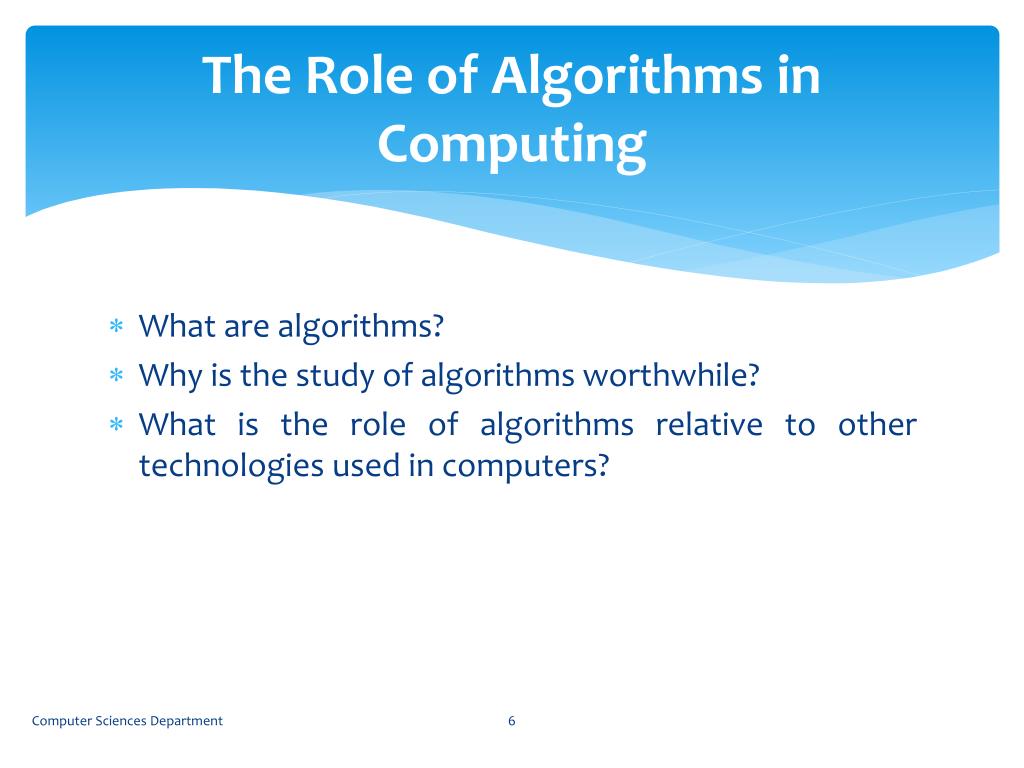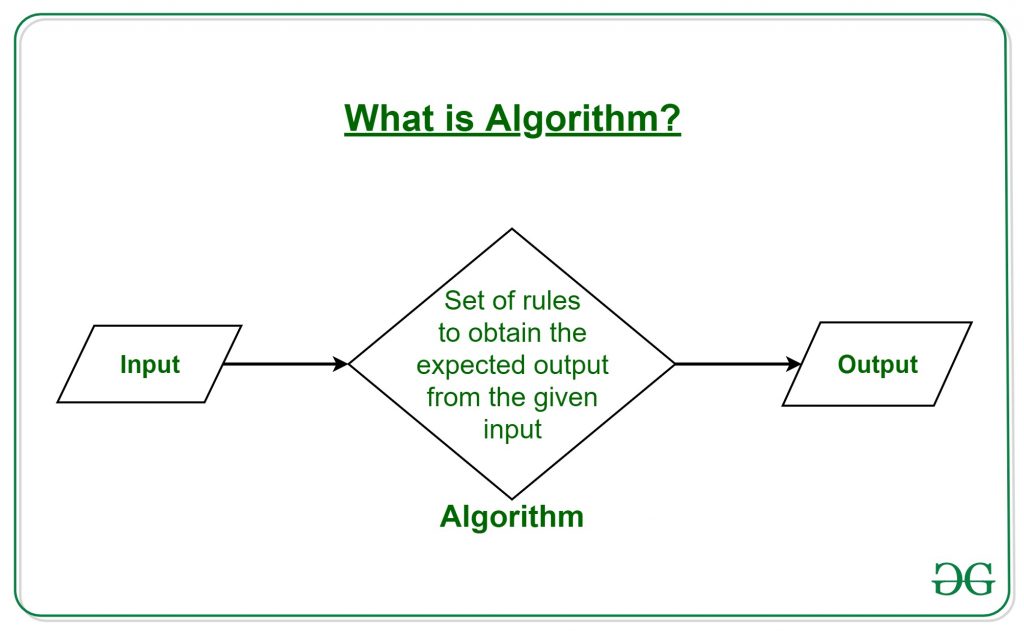The Role of Algorithms in TikTok Video Recommendations

The internet is a powerful tool that has revolutionized almost all aspects of our lives. One of the most significant impacts it has had is in the field of data analytics, particularly with the use of algorithms. Algorithms have become a fundamental tool for businesses and individuals alike to process and analyze vast amounts of data. This article aims to analyze and explore the role of algorithms in computing, with a specific focus on their application in platforms such as TikTok and Netflix.
Reverse Engineering how TikTok Algorithm Works
TikTok is a video-sharing platform that has taken the internet by storm. Initially launched in China in 2016, the app has been downloaded over two billion times globally, with over 800 million active monthly users. The platform allows users to create and share short videos, ranging from lip-syncing to dancing, which are then ranked and prioritized according to user preferences.
So, how does the app determine which videos to show to which user? The answer lies in its algorithm. TikTok’s algorithm is a combination of machine learning and human curation, and its primary goal is to keep users engaged by showing them the most relevant and interesting content.
How the Algorithm Works
The algorithm is more complex than it seems at the surface level. When you open the app, TikTok’s algorithm analyzes a lot of data before showing you any videos. It takes into account your location, language preferences, and the device you are using to access the app. It then analyses your previous interaction with the app, such as videos you have liked, shared, or commented on.
The algorithm creates a user profile based on your interactions and then generates a “For You” page that is specific to your preferences. The page houses a collection of videos curated by the algorithm that it believes you will find interesting. The more you use the app, the more specific and refined the algorithm becomes in understanding and gauging your interests, preferences, and habits.
The Algorithm’s Role in Content Creation
TikTok’s algorithm not only determines which videos to show to which user, but it also has a significant impact on the type of content that creators produce. The platform rewards creators who can maintain high engagement rates; hence, content that does not perform well is rarely shown to users. This approach ensures that creators are continuously producing fresh and interesting content for their followers.
However, the platform has received criticism for prioritizing viral and sensational content at the expense of other forms of content, such as educational or informative videos. Despite this criticism, TikTok’s algorithm has set a new precedent for other social media platforms, which are now attempting to create algorithms that can match the same level of relevance and engagement.
The Future of Algorithm-Driven Platforms
As AI and machine learning continue to evolve, the role of algorithms in content discovery and distribution will only increase. Algorithm-driven platforms like TikTok and Netflix will need to ensure their algorithms remain relevant and are continually adapting to user behavior and preferences. Moreover, these platforms have a responsibility to ensure that their algorithms do not become a breeding ground for misinformation, hate speech, or propaganda.
Insights into the Tools and Technologies Driving our Favorite Shows at Netflix
Netflix is one of the most prominent names in the streaming industry today. With over 200 million subscribers globally, it has changed the way we consume television shows and movies. At the heart of the company’s success is its ability to harness the power of data analytics and algorithms to personalize and customize user experiences.
The Role of Algorithms in Personalizing User Experience
Netflix’s algorithms take into account a user’s watch history, rating preferences, and other factors such as the time of day when they are most active on the platform. This data is analyzed to create personalized recommendations that are unique to each user. The platform’s algorithms also analyze metadata associated with each show, such as its genre, cast, and director, to make recommendations.
While these personalization features have been well-received by users, they have not been without issues. The platform’s recommendation algorithm has been accused of creating “filter bubbles,” where users are only exposed to content similar to what they have already watched, rather than a diverse range of new shows that might interest them.
The Impact of Data Analytics on the Entertainment Industry
Netflix’s use of data analytics and algorithms to personalize user experiences and create original content has had a significant impact on the entertainment industry. Other streaming services such as Hulu, Amazon Prime, and Disney+ have all adopted similar strategies to provide users with personalized content recommendations.
However, the impact of algorithms is not limited to content curation. They have also opened up new opportunities for creatives in the entertainment industry. For instance, Netflix’s algorithms analyze viewer demographic data to determine which genres and themes have the most potential for success, allowing writers and producers to create content that is specifically tailored to the platform’s audience.
The Future of Algorithm-Driven Content Creation
As we move towards a more data-driven world, algorithms will continue to play an essential role in personalized content curation and creation. Creators and businesses will need to adapt to the rapidly changing landscape of data analytics and algorithms to remain competitive and relevant.
The Science behind Algorithms
Algorithms are, in essence, a set of instructions that a computer follows to complete a task. They are used to solve complex mathematical problems or to complete time-consuming tasks such as sorting through large amounts of data quickly.
Types of Algorithms
There are several types of algorithms, each with their use cases, including:
- Sorting algorithms: Used to arrange data sets into a specific order.
- Search algorithms: Used to locate specific data from within a dataset.
- Machine learning algorithms: Used to create predictive models based on large amounts of historical data.
- Genetic algorithms: Used to solve optimization and decision-making problems by mimicking the process of natural selection.
The Benefits and Drawbacks of Algorithm Use
The benefits of algorithms in computing are enormous, including:
- Speed: Algorithms can sort and analyze vast amounts of data quickly, saving time and resources.
- Efficiency: They help automate complex tasks and improve accuracy, reducing the chances of human error.
- Personalization: Algorithms can create individually tailored experiences for users.
However, algorithms are not without their drawbacks. One of the most notable issues is the potential for algorithm bias, where personal biases and prejudices can be unintentionally baked into the algorithm, leading to discrimination and marginalization. Algorithms can also be manipulated for malicious purposes, such as spreading propaganda, misinformation, or hate speech.
Conclusion
Algorithms are a critical tool for data analytics, personalized content curation, and creation. Platforms such as TikTok and Netflix rely heavily on their algorithms to keep users engaged and satisfied. However, as we continue to move towards a more data-driven world, caution must be taken to ensure that these algorithms remain transparent, unbiased, and ethical. By doing so, we can make sure that algorithms work for the betterment of society and not against it.

Source image : www.slideserve.com

Source image : bigdatabeard.com

Source image : techio.co

Source image : www.pinterest.com

Source image : totalnetwork2020.blogspot.com

